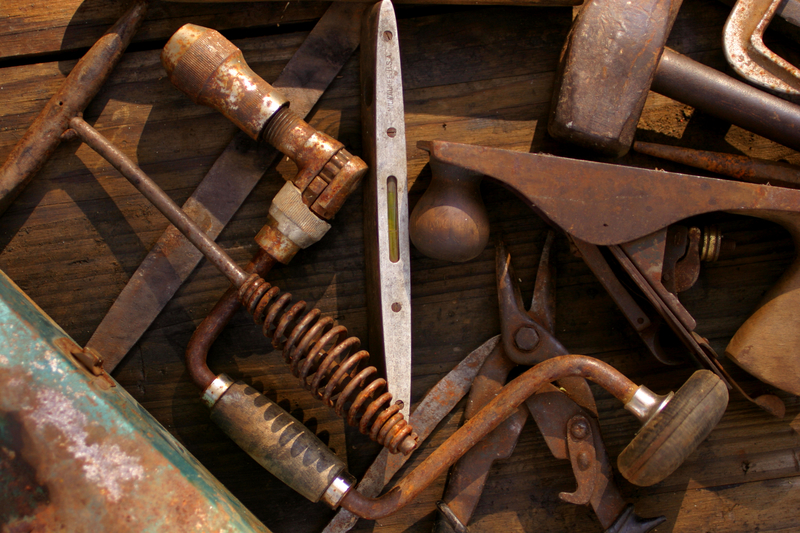In the face of any disaster, there are going to be things we need. Food and water are a given but not the only things we will need to sustain ourselves. This is especially true because we do not know where we will be or how long we will be detained post-catastrophe.
Certainly, there are things we can do without for a while but then there are items, according to FEMA, we should be stockpiling! That may not come as a surprise to anyone who is a prepper but for our family and friends, those who may be “part-time preppers”, a good list of items to have on hand might be in order.
We are not just talking about the end of days, mind you, but for incidents having to do with earthquake, hurricane or any other natural disaster that can overtake mankind at a moment’s notice. We need to be prepared for these events even if we are not considering a more long range form of disaster!
Go to the next page and read up on the items you and yours need to stockpile for those times when life can take a scary turn!

I’ve been collecting old hand tools for years. Love them 🙂
Roger Staggs
Got’em
Raymond Frank
In addition to food and water, the list includes:
Battery-powered or hand crank radio and a NOAA Weather Radio with tone alert and extra batteries for both.
Flashlight and extra batteries.
First-aid kit.
Whistle to signal for help.
Dust mask, to help filter contaminated air, and plastic sheeting and duct tape to shelter-in-place (better to use a medical grade mask to keep out pathogens, too).
23 Items (Besides Food & Water) FEMA Says You Should StockpileMoist towelettes, garbage bags and plastic ties for personal sanitation.
Wrench or pliers to turn off utilities.
Can opener for food (if kit contains canned food).
Local maps.
Prescription medications and glasses.
Infant formula and diapers.
Pet food and extra water for your pet.
Important family documents such as copies of insurance policies, identification and bank account records in a waterproof, portable container.
Cash or traveler’s checks and change.
Emergency reference material such as a first-aid book or information from ready.gov.
Sleeping bag or warm blanket for each person. Consider additional bedding if you live in a cold-weather climate.
Household chlorine bleach and medicine dropper. When diluted nine parts water to one part bleach, bleach can be used as a disinfectant. Or in an emergency, you can use it to treat water by using 16 drops of regular household liquid bleach per gallon of water. Do not use scented, color-safe or bleaches with added cleaners.
Fire extinguisher.
Matches in a waterproof container.
Feminine supplies and personal hygiene items.
Mess kits, paper cups, plates and plastic utensils, paper towels.
Paper and pencil.
Books, games puzzles or other activities for children.
Before going any farther with this, we need to understand exactly what this list is. By looking at it, it is immediately clear that the items listed are for sheltering in place, in your home, while waiting for government relief. That, in turn, assumes that the government will be able to bring relief, that they will be able to do it in three days, and that they will physically be able to get to you. Those are some pretty big assumptions.
But let me take a moment to make a quick case for what’s missing from the government’s list. To determine what we need, we always have to start out with the basics for survival. Those are:
Ability to keep warm.
Clean water.
Nutritious, high-energy food.
To support that, we need to add:
The ability to defend ourselves.
First-aid supplies.
The ability to start a fire.
Tools.
Just looking at those seven areas, it’s clear that the FEMA list is missing a lot of things. They mention matches to start a fire, but they don’t talk about fuel for the fire. Their list assumes that everyone has a stock of firewood sitting behind their homes, as well as a government-approved wood-burning stove to burn it in? Incomplete answers to survival problems, like this one, get people killed.
They do mention the ability to purify water with bleach, but that’s the only water purification method they mention, and they missed the part about shaking up the water once you put the bleach in it to make the bleach dissipate, and then allowing it to sit for 20 minutes to kill the pathogens. But why not mention some other methods of water purification? Water is such an important part of survival, that depending on only one method is not safe.
All in all, the only true value that the FEMA list has is as a starting point. For someone who hasn’t done anything about emergency preparedness, this list is an eye-opener. But the sad thing is that many will take this list as being the definitive word on survival and not go any farther.
@Donna, I read something similar from the CDC, sbd I agree with you. it’s a good list and a good start but by no means is it going to last more than a couple days.
Notice how these FEMA assholes Never include firearms…
Geeee hmmm I wonder why????
?
Ken Little